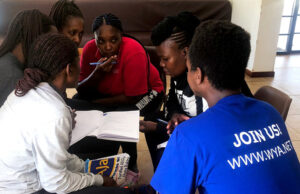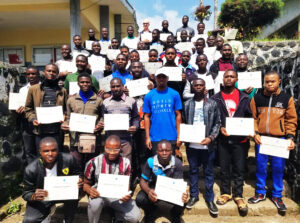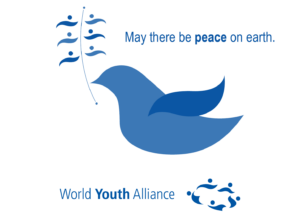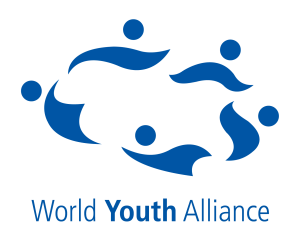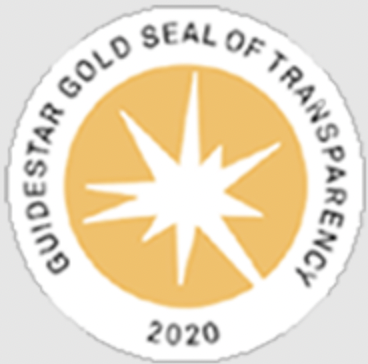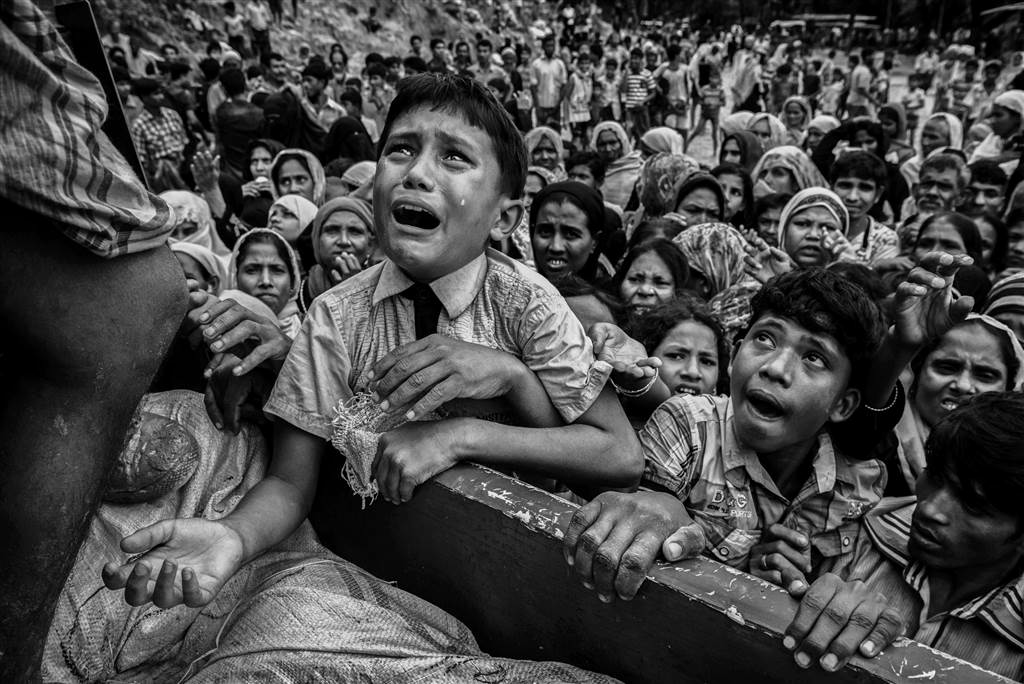
Today, all it takes is one Google search to get a hold of news and information from wherever, whenever. In fact, people don’t even need to visit online news outlets to keep themselves updated with current events. Our Facebook and Twitter feeds are bombarded with new information and new trends. In this fast-paced world, people go through news like they go through clothes. With the overwhelming amount of news and information accessible online, some stories don’t even get the chance to reach the general public. Some news, however, is simply too important to be ignored, such is the case with the Rohingya of Myanmar; often referred to as “the world’s most persecuted minority.”
The Rohingya are a Muslim ethnic group in Rakhine State, Myanmar. Despite having occupied the area for centuries, the Rohingya have been rendered stateless since 1982 and have been refused to be recognized as a national ethnic group by the Myanmar government. As a result, they have very limited access to education, work opportunities, and health services. They are also unable to fully practice their culture and religion and are prohibited by law to leave Rakhine without government permission.
Most Rohingyas rely on agriculture for livelihood. Because they are denied citizenship, it is difficult for them to defend ownership over their land from Buddhist settlers who intend to take them. In addition, they are highly taxed for their agricultural produce and denied fair trade, forcing them to vacate their lands and live in poverty. The Rohingyas have also been forbidden to enter defense and civil services since the 1970s.
In matters of religion, the Rohingyas are often pressured to convert to Buddhism, the dominant religion in Myanmar. They have been told to abandon their Islamic names in exchange for Buddhist ones and some of their mosques were demolished and replaced by Buddhist temples.
Zeid Raaad Al Hussein, the United Nations High Commissioner for Human Rights, referred to the security operations as a “textbook example of ethnic cleansing.”
The Rohingyas have been subject to government crackdowns and persecution since the country’s independence from the British in the late 1940s. In such events, there have been several reports of rape, torture, murder, and other human rights abuses. In October 2016, the death of nine border policemen was pinned on an armed Rohingya group by the Myanmar government. What came next was a series of military crackdowns and, consequently, raids on military bases and outposts by armed Muslims. During this period, the troops were again accused of rape, arson, abuse, and murder. Since August 2017, the military has been reported to burn over 80 sites occupied by the Rohingya and was accused of “firing indiscriminately at unarmed men, women, and children,” this has been referred to as a “clearance operation” by the international community. Zeid Raad Al Hussein, the United Nations High Commissioner for Human Rights, referred to the security operations as a “textbook example of ethnic cleansing.” The government and military denied all allegations, blaming the village burning on Muslim militants and refusing the entry of human rights investigators.
Since then, almost half a million Rohingya were forced to abandon their homes and seek refuge in makeshift campsites in Bangladesh, significantly increasing the number of Rohingyas who have fled the country because of persecution. Some of them, however, were pushed back by border patrols in Bangladesh and were forced to return to their homes.
Prior to the outbreak of hostility between the security forces and armed Muslim militants earlier this year, almost half a million Rohingya have fled Myanmar in search of safer spaces to occupy in Bangladesh, Malaysia, India, and other neighboring countries with over 100,000 Rohingyas internally displaced. The recent military crackdowns caused an additional 500,000 or so to flee the country as well. In total, over a million Rohingyas have been forced to migrate due to persecution and social unrest. Even after escaping armed conflict, they still have to face oppression, poverty, and other hardships. In the recent months, there has been a series of boat disasters involving Rohingya refugees that claimed dozens of lives, a good number of which were children. Just a little over a month ago, at least 12 died after an overloaded boat capsized on the way to Bangladesh. Even as the Rohingya reach their supposed safe haven, they continue to live in unfavorable conditions, they still have limited access to basic human needs such as food, water, and sanitation, their rights are still heavily restricted, and they remain subject to oppression and persecution. This calls for a reevaluation of the rights of migrants and refugees and demands the accountability of the Myanmar government and other similar cases of abuse and crimes against humanity.
To address the issue, the Advisory Commission on Rakhine State was founded in September of 2016. The Commission was formed upon the instruction of Daw Aung San Suu Kyi, the State Counsellor of Myanmar, and in collaboration with the Kofi Annan Foundation as a “neutral and impartial body which aims to propose concrete measures for improving the welfare of all people in Rakhine state.” Over the course of 12 months, the commissioners held consultations with political and religious leaders, communities in Rakhine State, international and regional partners of Myanmar, individual experts in relevant fields of study, and other concerned persons and stakeholders in the issue. The findings became the foundation for the commission’s Final Report: Towards a Peaceful, Fair and Prosperous Future for the People of Rakhine, released last August, which contained suggestions and recommendations in addressing the issue for Myanmar’s leaders and institutions. The main points of the report are the following:
1. Matters of socio-economic development which include recommendations for the government to provide adequate compensation for appropriated land, invest on the accessibility of electricity, drinking water, and the like to concerned communities, offer vocational training to community members, address regulatory concerns that constrain local businesses, and improve the state’s irrigation systems and capacity to settle problems brought about by climate change;
2. Citizenship rights, including the suggestion to address complaints regarding the citizenship verification process, and to review and consider provisions of the Citizenship Law of 1982, and;
3. Security of all concerned communities, calling for the simplification of the security infrastructure in Rakhine State through the creation of a unified agency for all policing concerns, and improved human rights, civilian protection, and policing training programs for all security personnel.
Other important themes include protecting the rights of internally displaced peoples and providing them with dignified living spaces, protecting the historic, religious, and cultural sights in Rakhine State, and strengthening relations with Bangladesh. In addition, the Maungtaw Region Investigation Commission was also established by Presidential Order to investigate terrorist attacks in the months of October and November of 2017 and to give recommendations to prevent similar incidents in the future.
In September 2017, the Establishment of the Committee for Implementation of the Recommendations on Rakhine State was issued to implement the recommendations of both the Maungtaw Region Investigation Committee and the Advisory Commission on Rakhine State “based on the situation on the ground.” It also aims to address several other concerns of the Rakhine State as mentioned in Order No.83/2017 of the Office of the President of the Republic of the Union of Myanmar. The Commission is currently holding meetings to scrutinize and examine the recommendations in detail. In addition to that, they have been visiting, discussing, and negotiating with the concerned communities of Rakhine State, after which, they promise to construct systematic short-term and long-term strategies for implementation, to be carried out as speedily as possible.
I was reminded that suffering is something shared by all; a human experience that could bring forth solidarity despite differences in beliefs and traditions.
Migration is becoming an increasingly relevant issue in today’s society. According to the UN International Migration Report (2015), the number of international migrants increased by 41% since the year 2000 and approximately 12.2% of the 244 million recorded migrants are refugees. According to UNHCR’s annual Global Trends Report, on the other hand, 65.6 million people were forced to flee their homes in search of safer spaces to occupy last 2016. This alarming increase in the number of forced immigrants demands the issue of migration, its roots, and its effects on society to be discussed and addressed.
In World Youth Alliance (WYA), we believe that the dignity of the human person should be the foundation of human rights and the principal basis for policy-making. Earlier this year, WYA released a Declaration on Migration and Development at the annual International Solidarity Forum held in New York City. The declaration highlighted the need for all cultures to strive for authentic development. This is a “process that takes place at all levels of society, creating a social, political, and economic environment that allows persons to reach their full physical, spiritual, mental, and emotional potential in a way that reflects and respects the values of each distinct culture.” The declaration also noted “with special concern” that “suffering and injustice expose the universal human condition of vulnerability and reveal a common identity among all persons.” I was reminded that suffering is something shared by all; a human experience that could bring forth solidarity despite differences in beliefs and traditions.
We need to talk about the Rohingya. As you read this, I encourage you to adopt the same ideology to safeguard the freedom and security of every individual, with preferential option for the poor, the marginalized, and the oppressed. We appeal to world leaders and the rest of humanity to acknowledge the inherent and inviolable dignity of every individual. We believe that the human person is not a commodity to be exhausted and disposed at will. And as young people, we must help one another in providing basic needs and person-centered solutions that protect the dignity of all.
*UNHCR and UNICEF are among the many organizations that accept donations for Rohingya refugees. If interested, please visit https://donate.unhcr.org/gu-en/rohingya or https://support.unicef.org/donate/help-rohingya-children.
This article was written by Chaiz Concepcion, a 2017 Regional Intern of WYA Asia Pacific. She was part of the team behind the 6th WYAAP Emerging Leaders Conference entitled, Our Global Family: Enriching Cultures through Migration and Development. Learn how you can become a Regional Intern by visiting this link.
Sources:
Islam, N. (2006, October 5). Facts About the Rohingya Muslims of Arakan. Retrieved October 13, 2017, from http://www.rohingya.org/portal/index.php/learn-about-rohingya.html
Myanmar: Who are the Rohingya? (2017, September 28). Retrieved October 13, 2017, from http://www.aljazeera.com/indepth/features/2017/08/rohingya-muslims-170831065142812.html#persecution
Number of International Migrants Reached 244 Million in 2015. (2016, January 12). Retrieved October 14, 2017, from http://www.un.org/sustainabledevelopment/blog/2016/01/244-million-international-migrants-living-abroad-worldwide-new-un-statistics-reveal/
Edwards, A. (2017, June 19). Forced Displacement Worldwide at its Highest in Decades. Retrieved October 14, 2017, from http://www.unhcr.org/afr/news/stories/2017/6/5941561f4/forced-displacement-worldwide-its-highest-decades.html
Asrar, S. (2017, October 14). Rohingya Crisis Explained in Maps. Retrieved October 16, 2017, from http://www.aljazeera.com/indepth/interactive/2017/09/rohingya-crisis-explained-maps-170910140906580.html
Dozen Die, Scores Missing as Rohingya Boat Capsizes. (2017, October 09). Retrieved October 16, 2017, from http://www.aljazeera.com/news/2017/10/die-scores-missing-rohingya-boat-capsizes-171008193404634.html
Advisory Commission on Rakhine State. (2016). Retrieved November 01, 2017, from http://www.rakhinecommission.org/
Commission on Rakhine State. (2016, August). Towards a Peaceful, Fair and Prosperous Future for the People of Rakhine. Retrieved November 01, 2017, from http://www.rakhinecommission.org/app/uploads/2017/08/FinalReport_Eng.pdf
Commission on Rakhine State. (2016, August). Overview of key points and recommendations on Final report of the Advisory Commission on Rakhine State. Retrieved November 01, 2017, from http://www.rakhinecommission.org/app/uploads/2017/08/final_report-20170822-Overview-of-key-points-and-recommendations_For-Web.pdf
Aung, S. (2017, September 13). In Person | Govt to Implement Recommendations on Rakhine Issue ‘Without Delay’. Retrieved November 02, 2017, from https://www.irrawaddy.com/in-person/govt-implement-recommendations-rakhine-issue-without-delay.html
Establishment of the Committee for Implementation of the Recommendations on Rakhine State. (2017, October12). Retrieved November 2, 2017, from http://www.president-office.gov.mm/en/?q=briefing-room/news/2017/10/12/id-7749
Westcott, B., & Smith, K. (2017, September 11). Rohingya violence is ‘ethnic cleansing,’ UN says. Retrieved November 03, 2017, from http://edition.cnn.com/2017/09/11/asia/rohingya-un-ethnic-cleansing/index.html
WYA Declaration on Migration and Development. (2017). Retrieved December 6, 2017, from https://www.wya.net/publications/declarations
Photo source:
Frayer, K. (2017, October 14). [Child cries as he climbs on a truck distributing aid for Rohingya refugees in Bangladesh]. Retrieved October 17, 2017, from https://www.theguardian.com/world/gallery/2017/oct/14/documenting-the-rohingya-refugee-crisis-in-pictures

